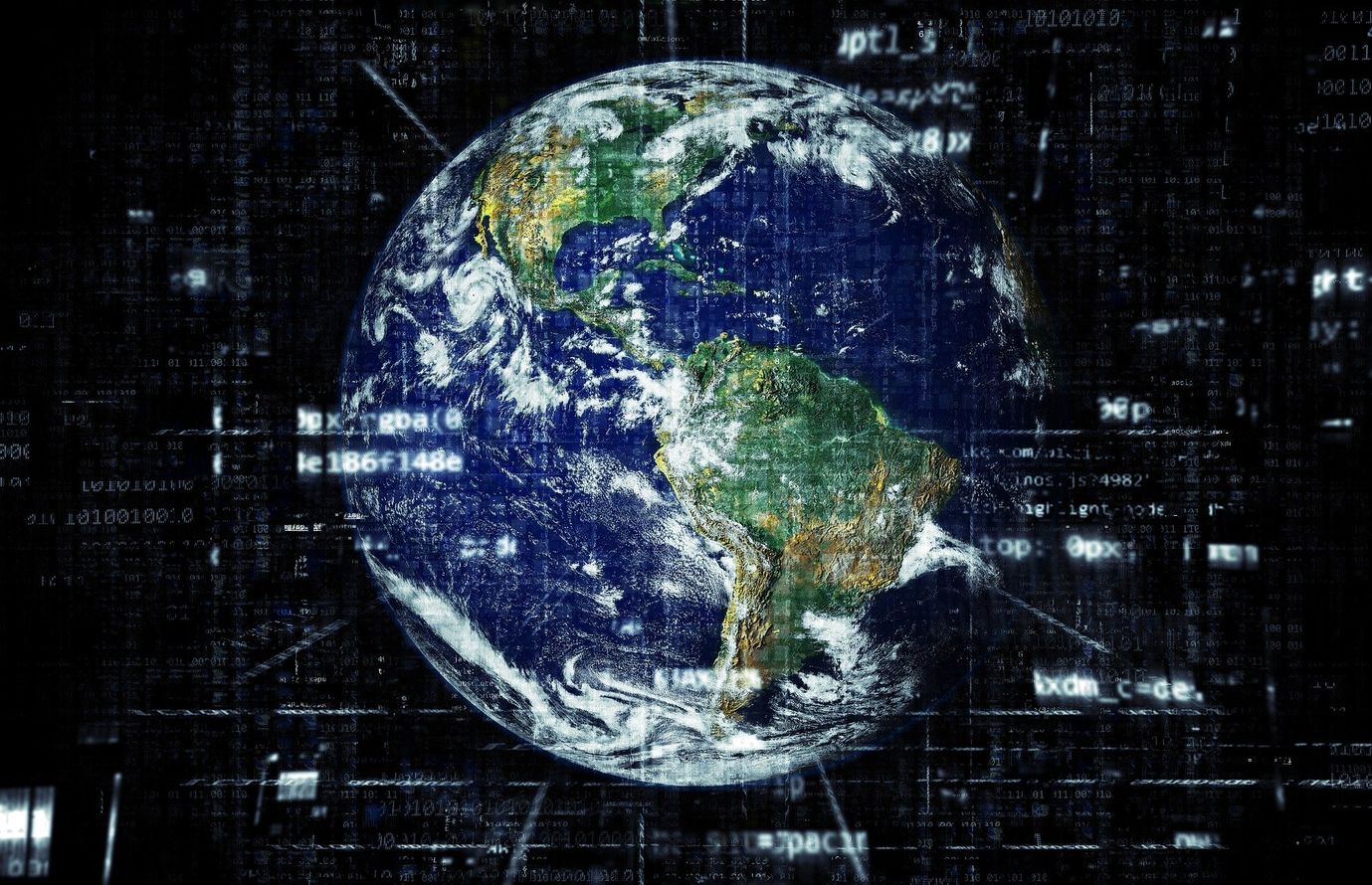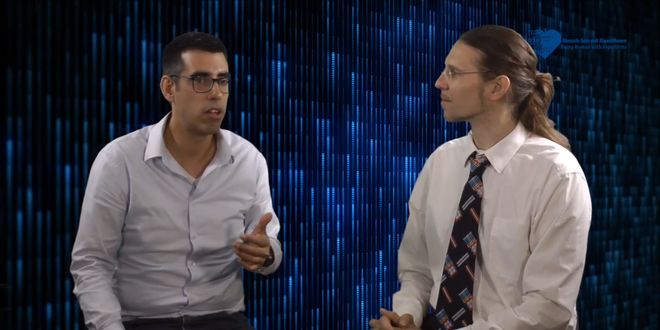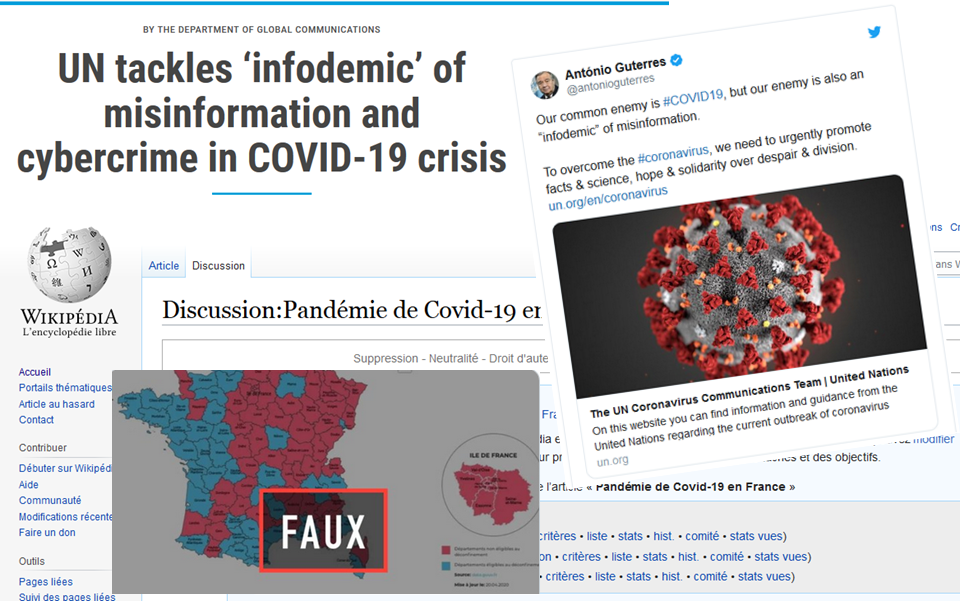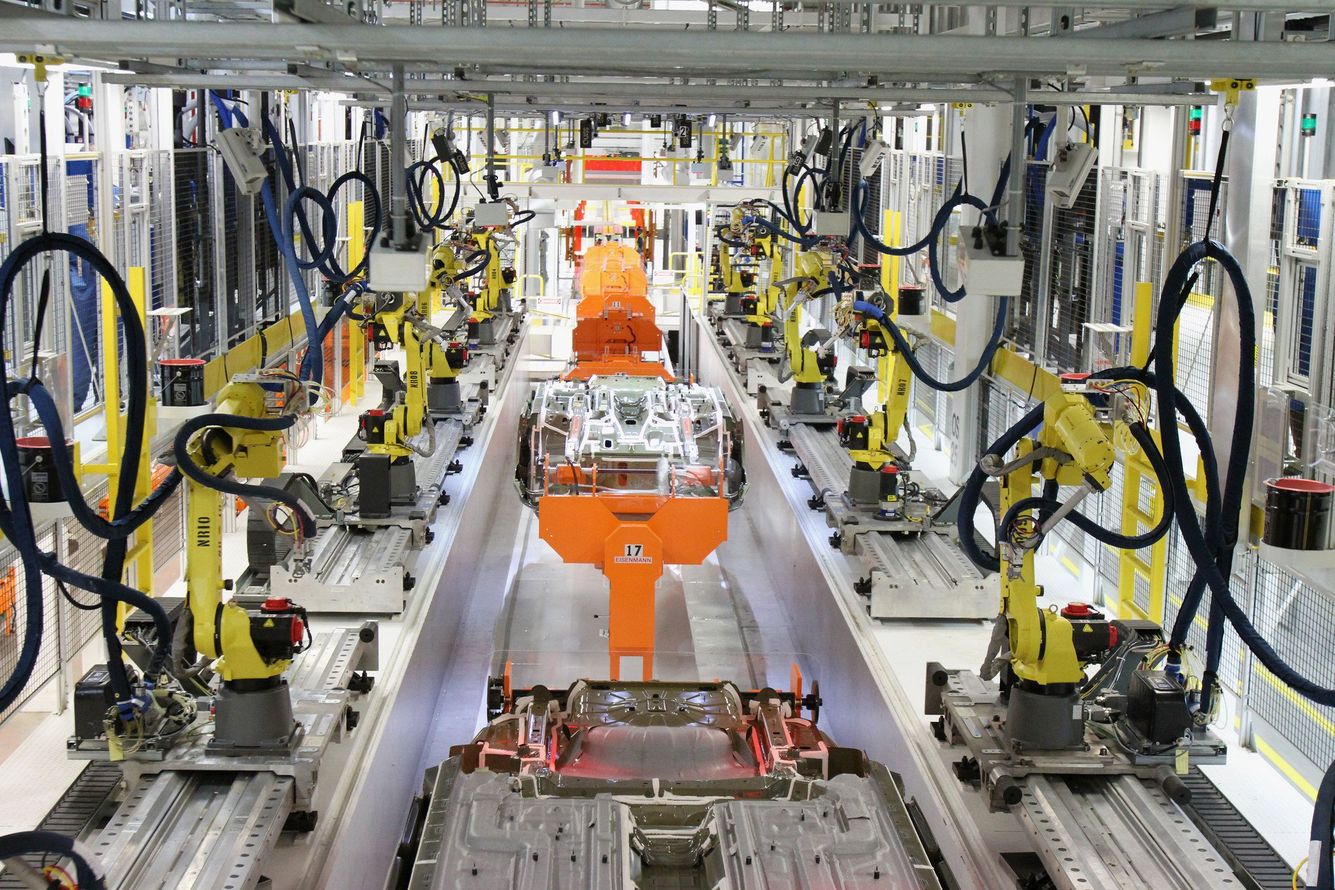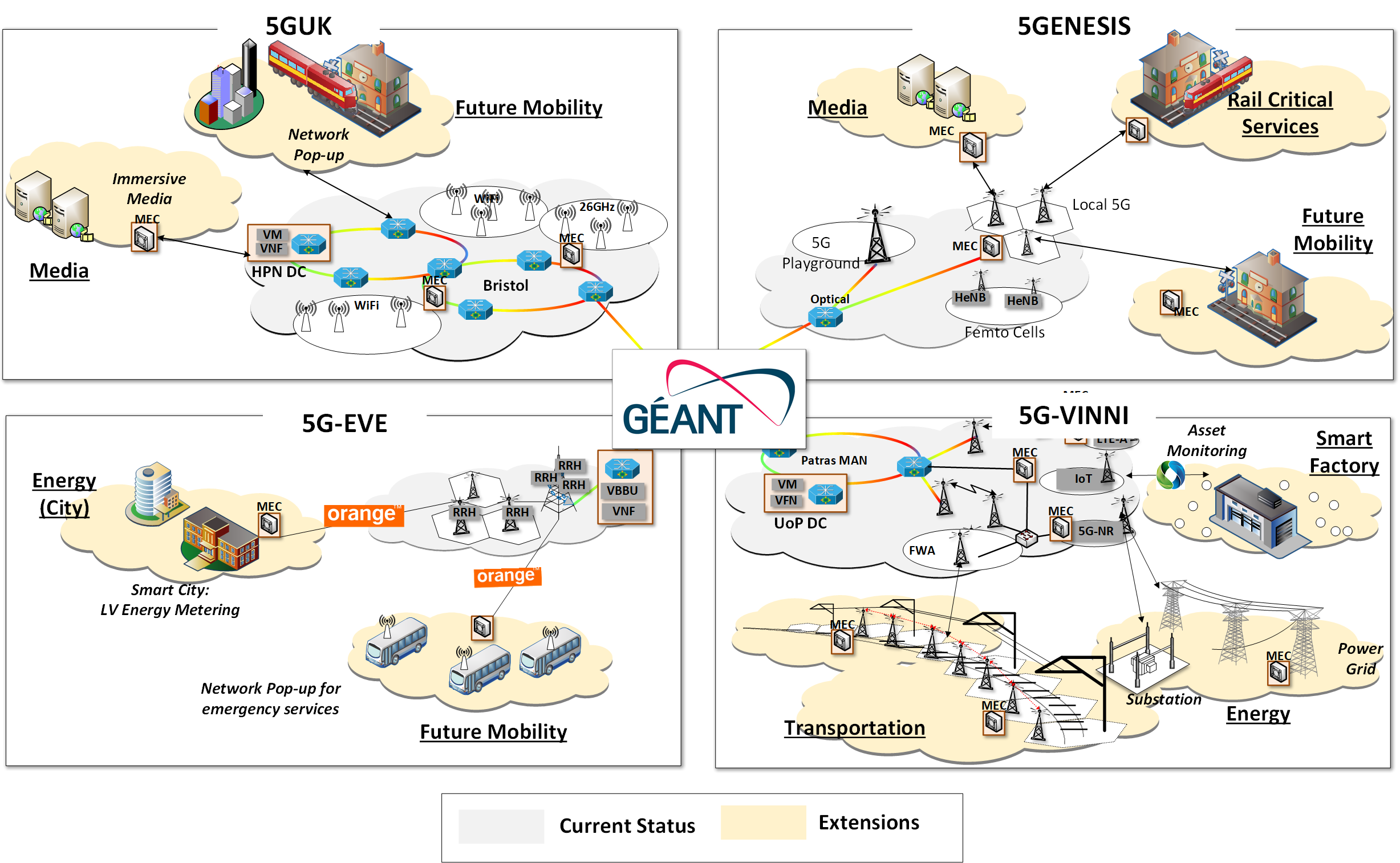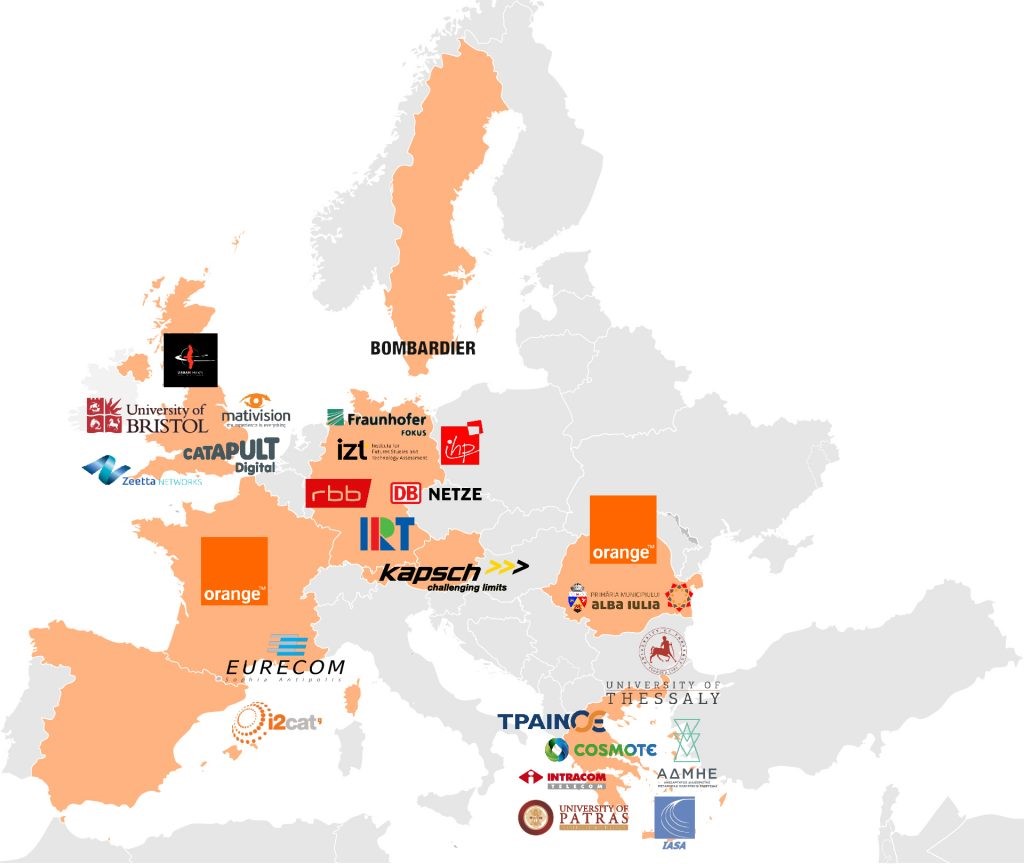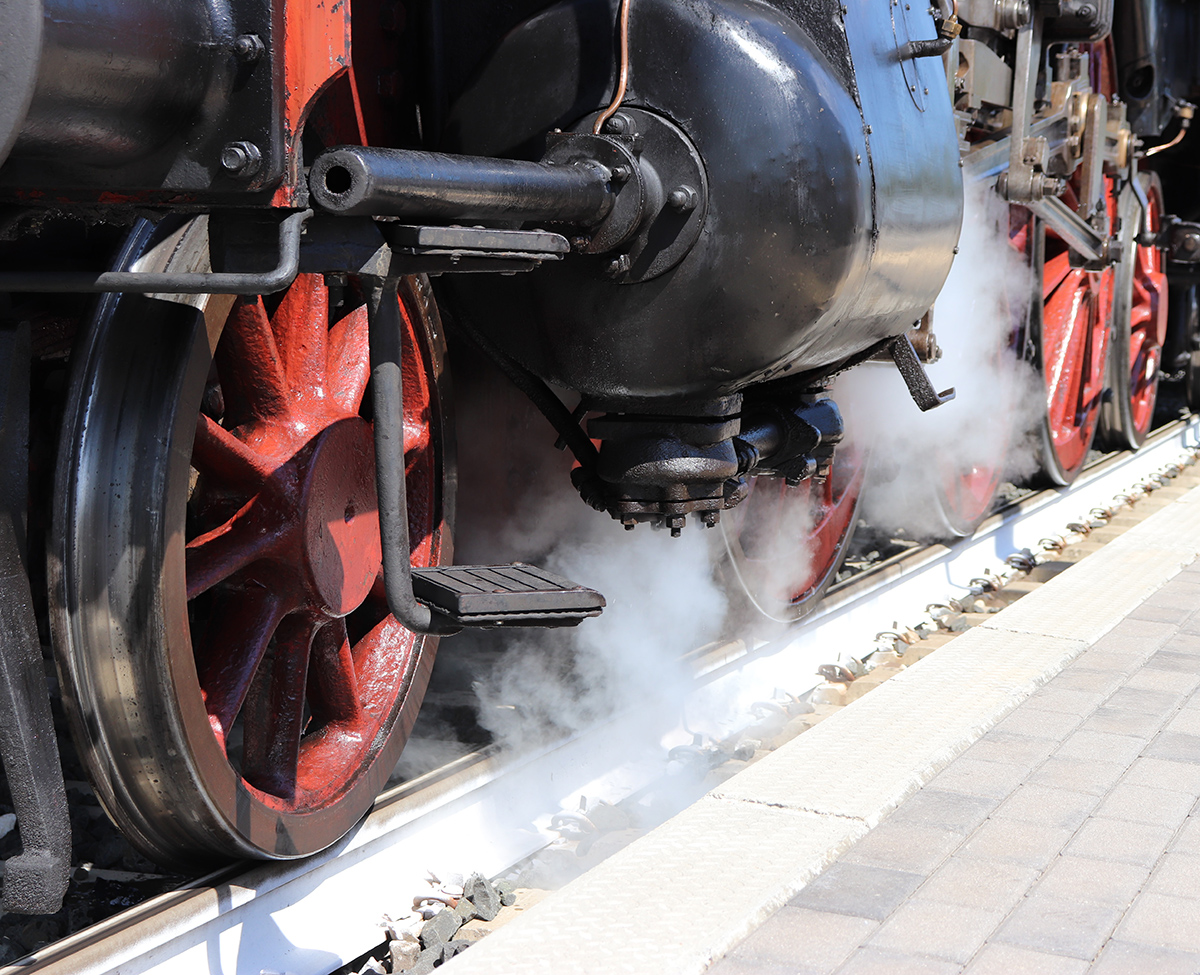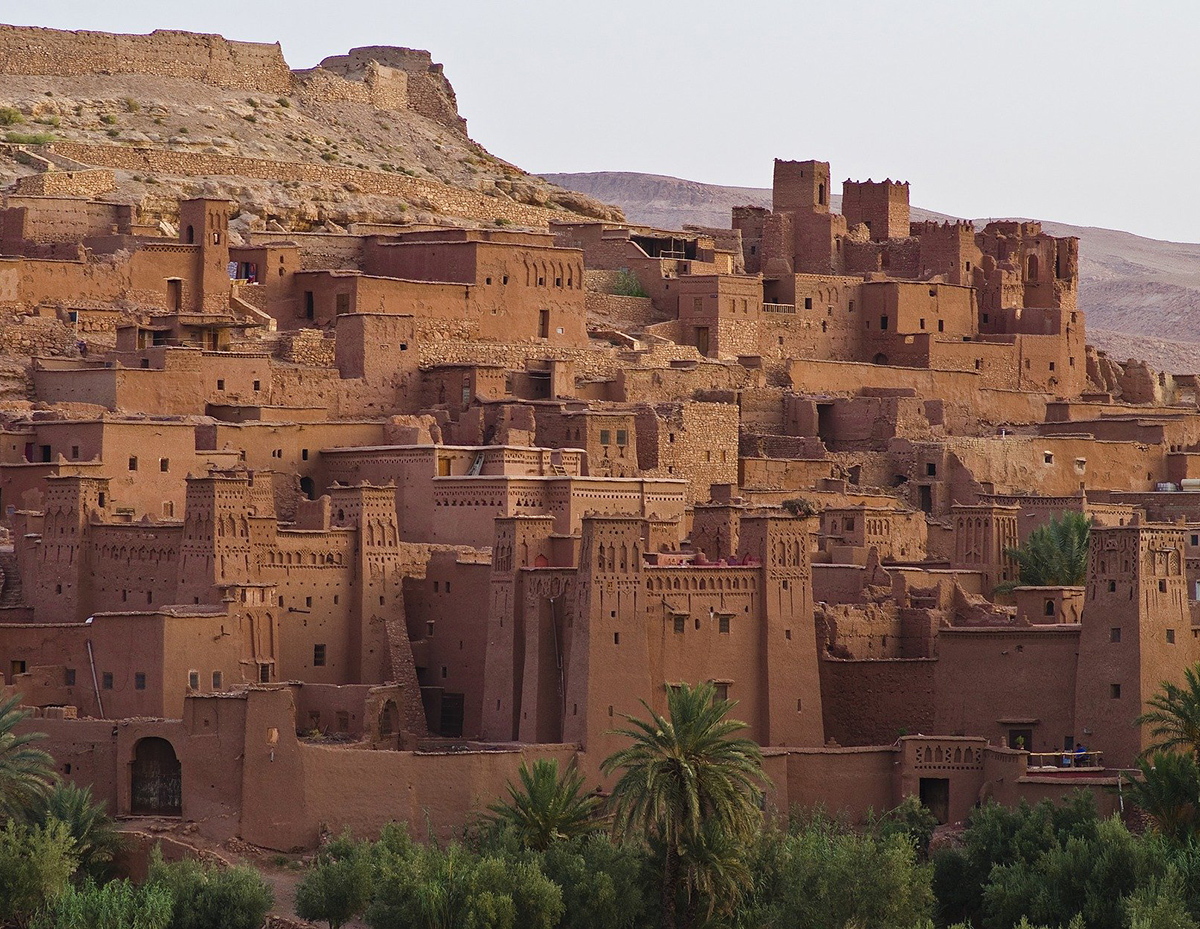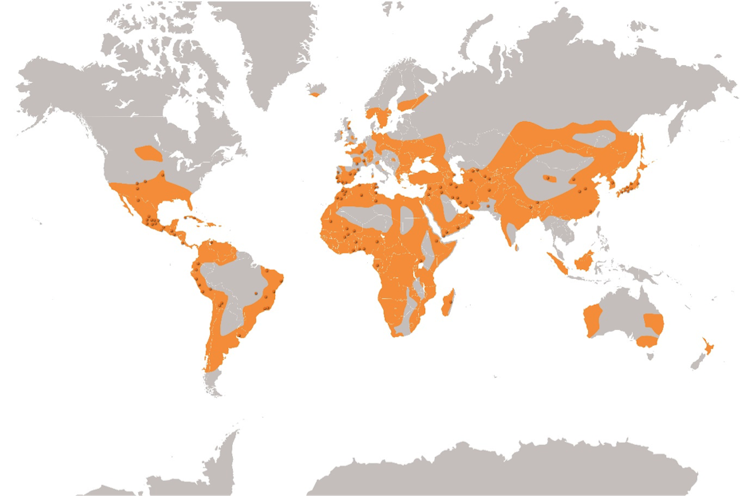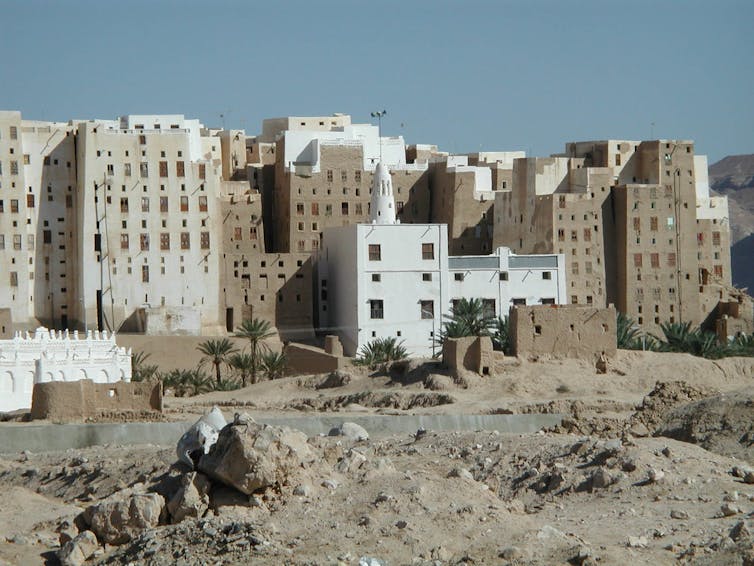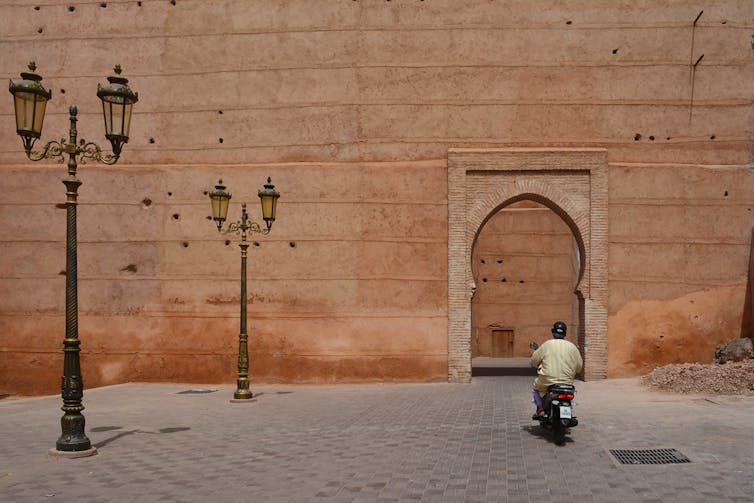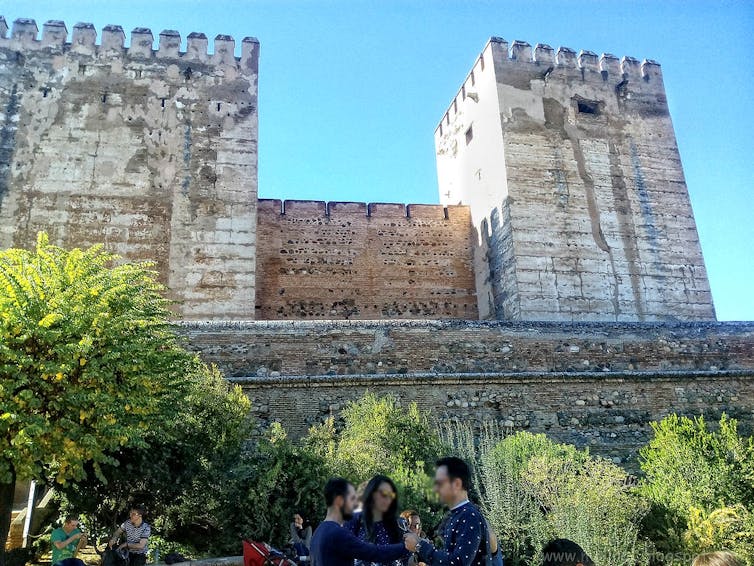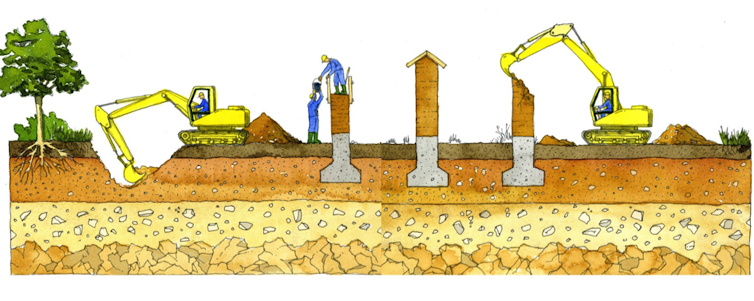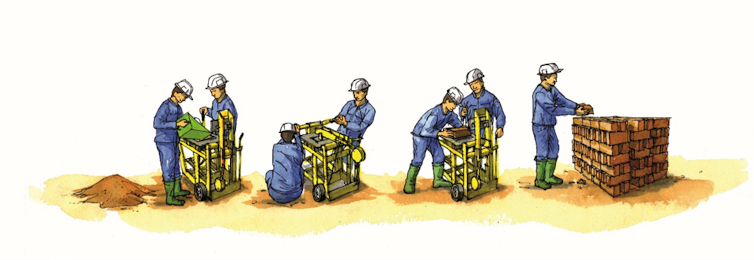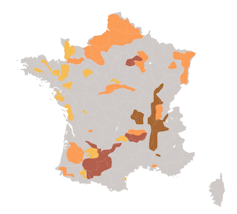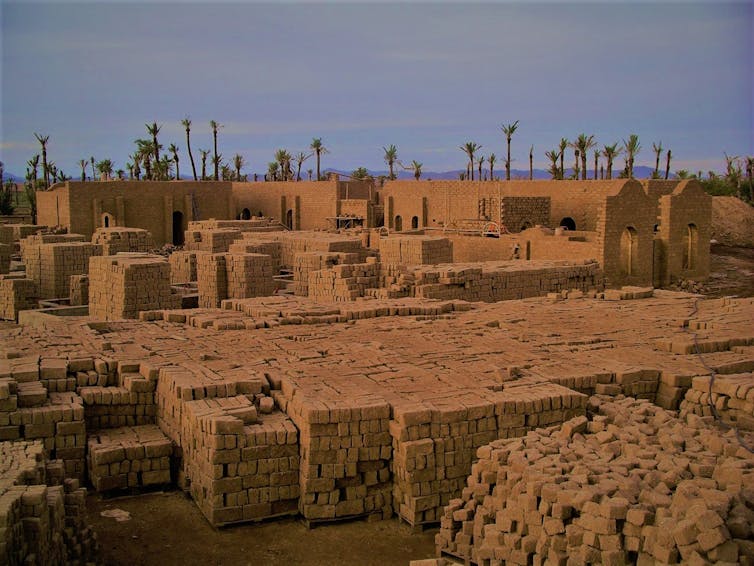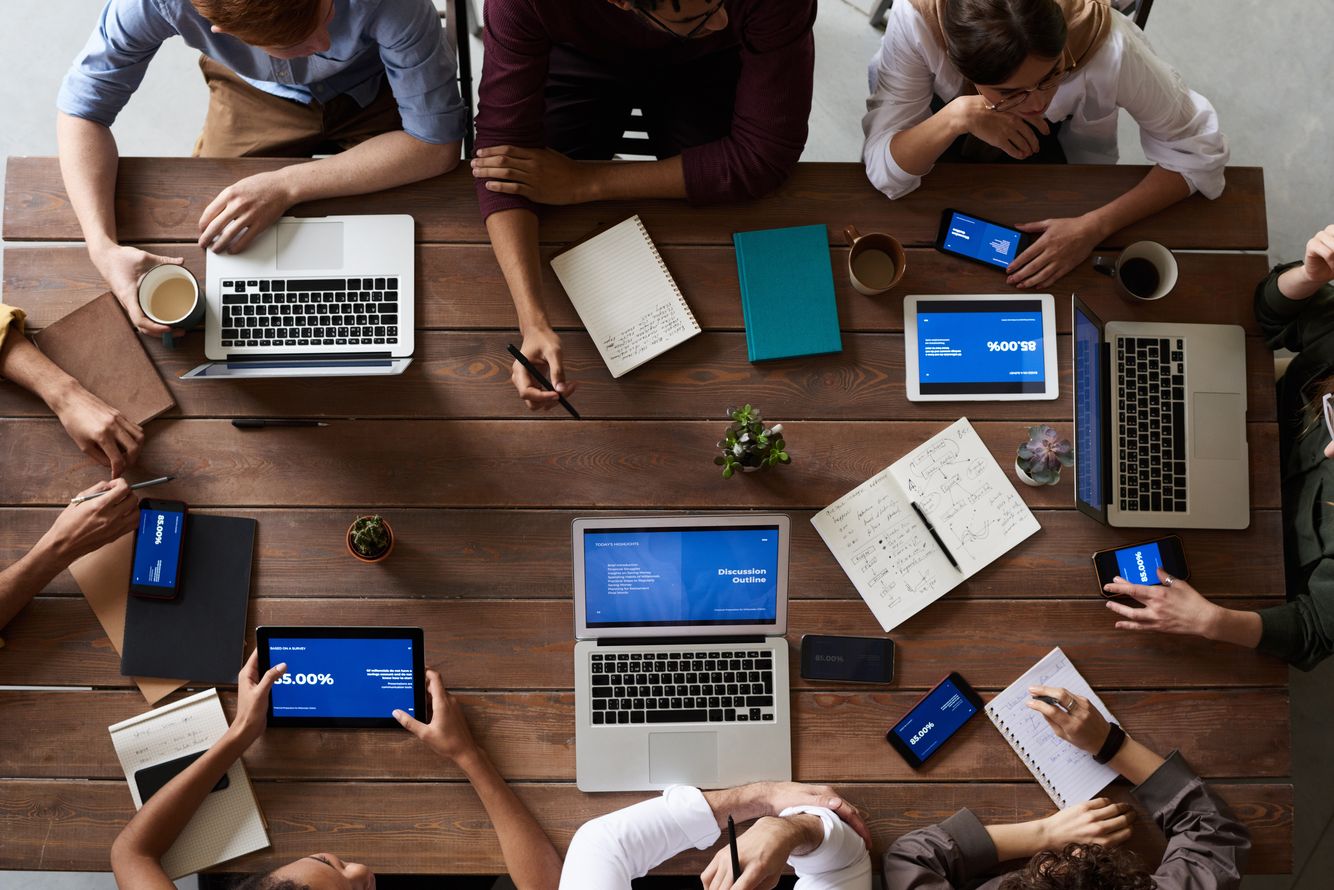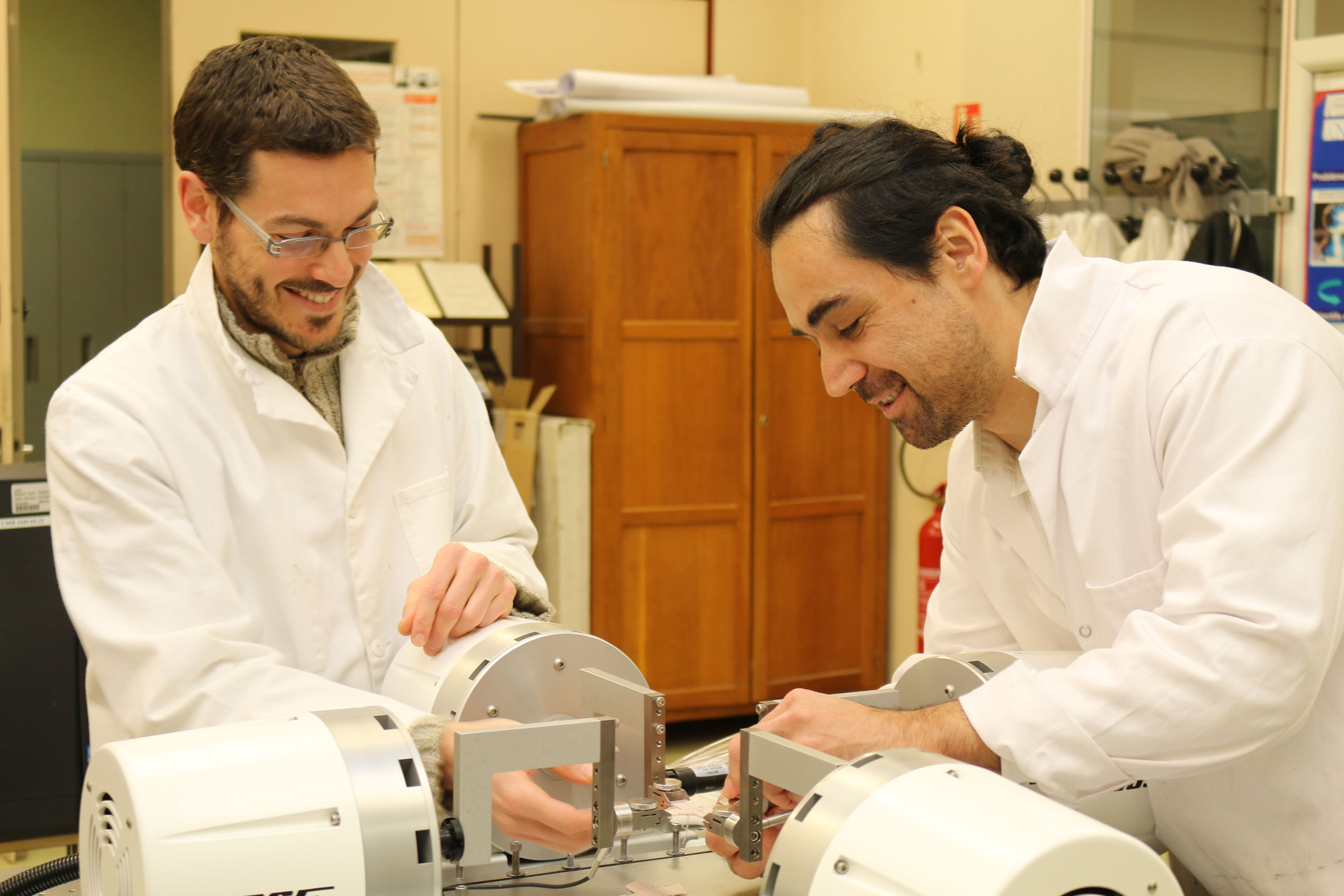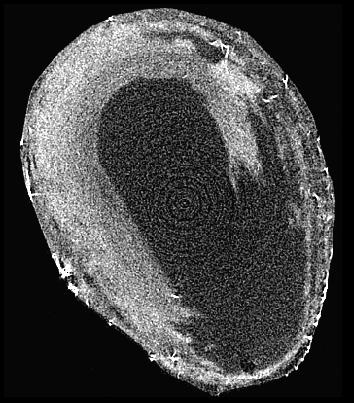The worrying trajectory of energy consumption by digital technology
Fabrice Flipo, Institut Mines-Télécom Business School
[divider style=”normal” top=”20″ bottom=”20″]
[dropcap]I[/dropcap]n November, the General Council for the Economy, Industry, Energy and Technology (CGEIET) published a report on the energy consumption of digital technology in France. The study draws up an inventory of equipment and lists consumption, making an estimate of the total volume.
The results are rather reassuring, at first glance. Compared to 2008, this new document notes that digital consumption seems to have stabilized in France, as have employment and added value in the sector.
The massive transformations currently in progress (growth in video uses, “digitization of the economy”, increased platform use, etc.) do not seem to be having an impact on the amount of energy expended. This observation can be explained by improvements in energy efficiency and the fact that the increase in consumption by smartphones and data centers has been offset by the decline in televisions and PCs. However, these optimistic conclusions warrant further consideration.
61 million smartphones in France
First, here are some figures given by the report to help understand the extent of the digital equipment in France. The country has 61 million smartphones in use, 64 million computers, 42 television sets, 6 million tablets, 30 million routers. Although these numbers are high, the authors of the report believe they have greatly underestimated the volume of professional equipment.
The report predicts that in coming years, the number of smartphones (especially among the elderly) will grow, the number of PCs will decline, the number of tablets will stabilize and screen time will reach saturation (currently at 41 hours per week).
Nevertheless, the report suggests that we should remain attentive, particularly with regard to new uses: 4K then 8K for video, cloud games via 5G, connected or driverless cars, the growing numbers of data centers in France, data storage, and more. A 10% increase in 4K video in 2030 alone would produce a 10% increase in the overall volume of electricity used by digital technology.
We believe that these reassuring conclusions must be tempered, to say the least, for three main reasons.
Energy efficiency is not forever
The first is energy efficiency. In 2001, the famous energy specialist Jonathan Koomey established that computer processing power per joule doubles every 1.57 years.
But Koomey’s “law” is the result of observations over only a few decades: an eternity, on the scale of marketing. However, the basic principle of digital technology has remained the same since the invention of the transistor (1947): using the movement of electrons to mechanize information processing. The main cause of the reduction in consumption is miniaturization.
Yet, there is a minimum threshold of physical energy consumption required to move an electron, which is known as “Landauer’s principle”. In technological terms, we can only get close to this minimum. This means that energy efficiency gains will slow down and then stop. The closer technology comes to this minimum, the more difficult progress will be. In some ways, this brings us back to the law of diminishing returns established by Ricardo two centuries ago, on the productivity of land.
The only way to overcome the barrier would be to change the technological paradigm: to deploy the quantum computer on a large scale, as its computing power is independent of its energy consumption. But this would represent a massive leap and would take decades, if it were to happen at all.
Exponential data growth
The second reason why the report’s findings should be put into perspective is the growth in traffic and computing power required.
According to the American IT company Cisco, traffic is currently increasing tenfold every 10 years. If we follow this “law”, it will be multiplied by 1,000 within 30 years. Such data rates are currently impossible: the 4G copper infrastructure cannot handle them. 5G and fiber optics would make such a development possible, hence the current debates.
Watching a video on a smartphone requires digital machines – phones and data centers – to execute instructions to activate the pixels on the screen, generating and changing the image. The uses of digital technology thus generate computing power, that is, a number of instructions executed by the machines. The computing power required has no obvious connection with traffic. A simple SMS can just as easily trigger a few pixels on an old Nokia or a supercomputer, although of course the power consumption will not be the same.
In a document dating back to a few years ago, the semiconductor industry developed another “law”: the steady growth in the amount of computing power required on a global scale. The study showed that at this rate, by 2040 digital technology will require the total amount of energy produced worldwide in 2010.
This result applies to systems with the average performance profile of 2015, when the document was written. The study also considers the hypothesis of global equipment with an energy efficiency that is 1,000 times higher. Maturity would only be shifted by 10 years: 2050. If the entire range of equipment reached the limit of “Landauer’s principle”, which is impossible, then by 2070 all of the world’s energy (from 2010) would be consumed by digital technology.
Digitization without limits
The report does not say that energy-intensive uses are limited to the practices of a few isolated consumers. They also involve colossal industrial investments, justified by the desire to use the incredible “immaterial” virtues of digital technology.
All sectors are passionate about AI. The future of cars seems destined to turn towards autonomous vehicles. Microsoft is predicting a market of 7 billion online players. E-sport is growing. Industry 4.0 and the Internet of Things (IoT) are presented as irreversible developments. Big data is the oil of tomorrow, etc.
Now, let us look at some figures. Strubell, Ganesh & McCallum have shown, using a common neural network used to process natural language, that training consumed 350 tons of CO₂, equivalent to 300 round trips from New York to San Francisco and back. In 2016, Intel announced that the autonomous car would consume 4 petabytes per day. Knowing that in 2020 a person generates or transits 2 GB/day, this represents 2 million times more. The figure announced in 2020 is instead 1 to 2 TB/hour, which is 5,000 times more than individual traffic.
A surveillance camera records 8 to 15 frames per second. If the image is 4 MB, this means 60 MB/s, without compression, or 200 GB/hour, which is not insignificant in the digital energy ecosystem. The IEA EDNA report highlights this risk. The “volumetric video”, based on 5K cameras, generates a flow of 1 TB every 10 seconds. Intel believes that this format is “the future of Hollywood”!
In California, online gambling already consumes more than the power required for electric water heaters, washing machines, dishwashers, clothes dryers and electric stoves.
Rising emissions in all sectors
All this for what, exactly? This brings us to the third point. How does digital technology contribute to sustainable development? To reducing greenhouse gas emissions? To saving soils, biodiversity, etc.?
The Smart 2020 report promised a 20% reduction in greenhouse gases in 2008, thanks to digital technology. In 2020 we see that this has not happened. The ICT sector is responsible for 3% of global greenhouse gas emissions, which is more or less what the report predicted. But for the other sectors, nothing has happened: while digital technology has spread widely, emissions are also on the rise.
However, the techniques put forward have spread: “intelligent” engines have become more popular, the logistics sector relies heavily on digital technology, and soon artificial intelligence, not to mention the widespread use of videoconferencing, e-commerce and orientation software in transport. Energy networks are controlled electronically. But the reductions have not happened. On the contrary, no “decoupling” of emissions from economic growth is in sight, neither from a greenhouse gas perspective nor in other parameters, such as consumption of materials. The OECD predicts that material consumption will almost triple by 2060.
Rebound effect
The culprit, says the Smart 2020 report, is the “rebound effect”. This is based on the “Jevons paradox” (1865), which states that any progress in energy efficiency results in increased consumption.
A curious paradox. The different forms of “rebound effect” (systemic, etc.) are reminiscent of something we already know: they can take productivity gains, as found for example by Schumpeter or even Adam Smith (1776).
A little-known article also shows that in the context of neoclassical analysis, which assumes that agents seek to maximize their gains, the paradox becomes a rule, according to which any efficiency gain that is coupled with an economic gain always translates into growth in consumption. Yet, the efficiency gains mentioned so far (“Koomey’s law”, etc.) generally have this property.
A report from General Electric illustrates the difficulty very well. The company is pleased that the use of smart grids allows it to reduce CO2 emissions and save money; the reduction in greenhouse gas is therefore profitable. But what is the company going to do with those savings? It makes no mention of this. Will it reinvest in consuming more? Or will it focus on other priorities? There is no indication. The document shows that the general priorities of the company remain unchanged, it is still a question of “satisfying needs” which are obviously going to increase.
Digital technology threatens the planet and its inhabitants
Deploying 5G without questioning and regulating its uses will therefore open the way to all these harmful applications. The digital economy may be catastrophic for climate and biodiversity, instead of saving them. Are we going to witness the largest and most closely-monitored collapse of all time? Elon Musk talks about taking refuge on Mars, and the richest people are buying well-defended properties in areas that will be the least affected by the global disaster. Because global warming threatens agriculture, the choice will have to be made between eating and surfing. Those who have captured value with digital networks are tempted to use them to escape their responsibilities.
What should be done about this? Without doubt, exactly the opposite of what the industry is planning: banning 8K or, failing that, discouraging its use, reserving AI for restricted uses with a strong social or environmental utility, limiting the drastic level of power required by e-sport, not deploying 5G on a large scale, ensuring a restricted and resilient digital infrastructure with universal access that allows low-tech uses and low consumption of computing and bandwidth to be maintained. Favoring mechanical systems or providing for disengageable digital technology, not rendering “backup techniques” inoperable. Becoming aware of what is at stake. Waking up.
[divider style=”dotted” top=”20″ bottom=”20″]
This article benefited from discussions with Hugues Ferreboeuf, coordinator of the digital component of the Shift Project
Fabrice Flipo, Professor of social and political philosophy, epistemology and history of science and technology at Institut Mines-Télécom Business School
This article was republished from The Conversation under the Creative Commons license. Read the original article here.
[box type=”info” align=”” class=”” width=””]
This article has been published in the framework of the 2020 watch cycle of the Fondation Mines-Télécom, dedicated to sustainable digital technology and the impact of digital technology on the environment. Through a monitoring notebook, conferences and debates, and science promotion in coordination with IMT, this cycle examines the uncertainties and issues that weigh on the digital and environmental transitions.
Find out more on the Fondation Mines-Télécom website
[/box]

